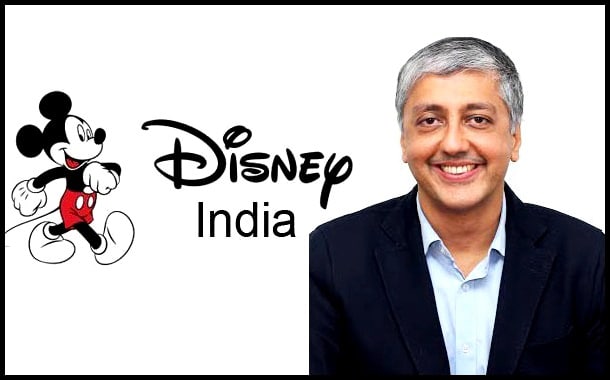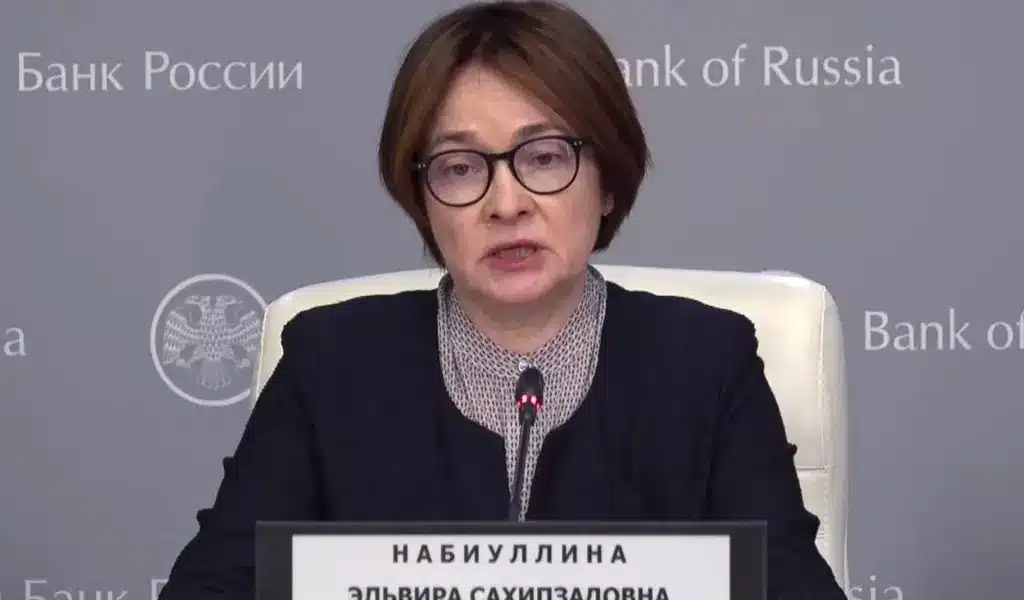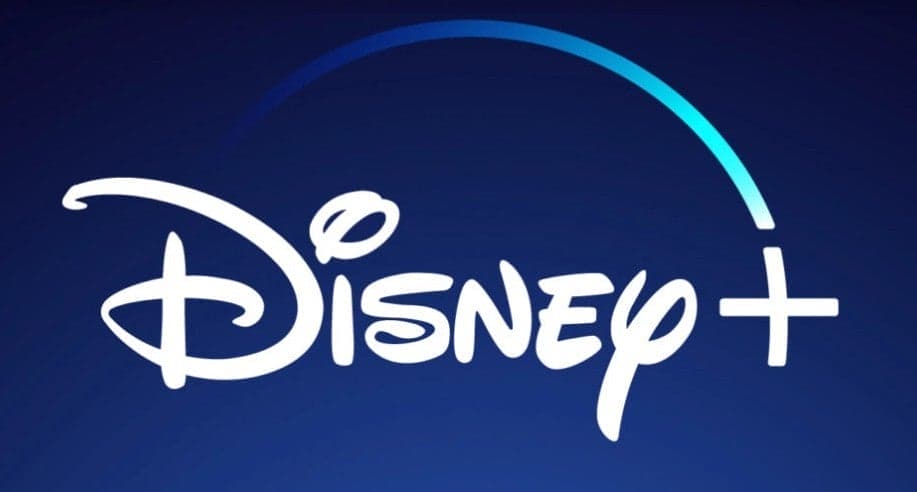Business
Disney Is Trying To Salvage Its Indian Dreams

The next three weeks could determine Walt Disney’s future in the world’s most populated country.
The Star India network was one of the crown jewels Disney (DIS) acquired when it paid $71 billion to Rupert Murdoch for most of 21st Century Fox five years ago.
With that mega acquisition, the Magical Kingdom acquired Fox’s business in India, obtaining a new audience of over 700 million people in the South Asian country, which is one of the world’s most active media markets.
However, Disney has not had the happily ever after it hoped for. In a late-year results call, CEO Bob Iger admitted that “parts of that business [in India] are challenged for us.”
The House of Mouse was hit most hard in 2022, when it lost the internet rights to stream the immensely popular Indian Premier League (IPL) cricket matches to billionaire Mukesh Ambani’s company.
The US corporation is now attempting to save its India ambition.
Disney and Ambani’s Reliance Industries are discussing merging their Indian media operations to build an entertainment juggernaut in which the Indian tycoon would have the upper hand.
According to Reuters, the corporations have hired lawyers and begun antitrust investigations into the merger. The Economic Times claimed in December that Ambani’s energy-to-telecom company would own 51%, with Disney holding the remaining 49%, citing unnamed sources. According to the Indian publication, the merger will likely be completed by next month.
Disney did not respond to CNN’s request for comment, while Reliance declined to comment.
Disney’s search for a partner in the world’s fastest-expanding major economy came when the Burbank-based firm dealt with several internal issues.
The 100-year-old Hollywood staple, like its competitors, faces an uncertain environment in the United States, where people are progressively abandoning linear TV in favour of TikTok and YouTube. However, Disney has been particularly severely struck by movie office disappointments and corporate upheavals.
In November, Iger stated that the business is exploring opportunities in India but wants to remain there.
The lukewarm star
It’s easy to understand why. With its relatively free economy and large English-speaking population, India is a desirable destination for global entertainment enterprises.
Prime Minister Narendra Modi’s government expects the country to soon become the world’s third-largest media and entertainment market, up from fifth place today. Disney was handed that market on a silver platter after acquiring Fox.
Star India had established its massive viewership by spending billions of dollars on broadcast rights to several of India’s most popular sports, including cricket, the country’s national preoccupation. In 2017, it outbid Facebook (META) and Sony (SONY) to acquire the IPL, one of the world’s most valuable sporting properties, for $2.6 billion over five years.
The network’s other significant advantage was its local content. Star India provides over 70 TV stations in nine languages in a country with nearly two dozen languages spoken.
However, Disney has yet to seize the chance.
While its TV division is growing well in India, Iger admitted in November that the company was failing in other sectors. Its streaming app, Hotstar, has lost millions of customers since losing the IPL rights to Reliance nearly two years ago.
Hotstar took another hit in March 2023 when it ceased broadcasting HBO content. Weeks later, Warner Bros. Discovery (WBD), the parent company of HBO and CNN, shifted its content to Ambani’s JioCinema, bringing dedicated Indian viewers of hit shows like “Game of Thrones” and “Succession” with them.
Aside from Ambani’s losses, critics have questioned Disney’s India strategy, particularly its aggressive sports expenditure.
The brand’s “entertainment assets would be attractive to any acquirer or partner …[but] … Disney’s India sports business has faced challenges.” According to Mihir Shah, vice president of research firm Media Partners Asia.
While Disney lost the internet rights to IPL matches in 2022, it retained the TV rights until 2027 for more than $3 billion. It also retained the rights to broadcast the International Cricket Council’s events until 2027 for an additional “staggering $3 billion,” Shah stated.
Financial troubles for the company will persist in the coming years, “largely attributed to Disney’s aggressive bidding in renewing rights,” he added.
The media conglomerate has also failed to fully capitalize on its streaming service’s “technical prowess” due to the loss of the IPL and “limited investments in local entertainment content,” according to Shah.
From antagonism to partnerships
The American company’s failures come when competition in India is heating up — the potential Reliance-Disney merger isn’t the only one being considered.
Disney Is Trying To Salvage Its Indian Dreams
Sony and India’s Zee Entertainment have negotiated for over two years about merging their companies and forming a $10 billion conglomerate. The destiny of that transaction is unknown, but analysts believe such corporate marriages will be critical to gaining scale and competing with global streaming giants like Netflix (NFLX) and Amazon (AMZN), both of which have a significant presence in India.
“These potential deals are a sign that India’s entertainment industry is entering a phase of consolidation, where only a handful of players with deep pockets will be able to operate,” said Aliasgar Shakir, a Motilal Oswal Financial Services analyst.
In a November earnings call, Iger stated that Disney intends to maintain its presence in India while focusing on improving the bottom line.
Ambani, Asia’s second richest man, can help Disney accomplish more with his billions and media ambitions.
The combined business would be huge, with over 100 TV stations and two streaming services.
“It is too early to interpret this as Disney scaling back in India,” Shah said. “The contours of the deal are still unknown, but it is looking more like a partnership between Reliance Industries and Disney.”
It might also mark the beginning of a power couple that extends beyond the media, with industry insiders speculating on a joint push into amusement parks.
“We have to remember that both these companies have business interests beyond media and entertainment, and this partnership could be a start of something bigger,” Shah said.
SOURCE – CNN
Business
Microsoft Fires Employees Who Organized Vigil For Palestinians Killed In Gaza

Microsoft has dismissed two workers for organizing an unlawful vigil at the company’s headquarters for Palestinians murdered in Gaza during Israel’s conflict with Hamas.
The two employees told The Associated Press they were dismissed by phone late Thursday, several hours after organizing a lunchtime event on Microsoft’s campus in Redmond, Washington.
Both employees were part of the “No Azure for Apartheid” campaign, which protested Microsoft’s sale of cloud computing technology to the Israeli government. However, they claimed Thursday’s gathering was akin to other Microsoft-approved staff giving efforts to those in need.
Microsoft Fires Employees Who Organized Vigil For Palestinians Killed In Gaza
“We have so many community members within Microsoft who have lost family, friends, or loved ones,” said Abdo Mohamed, a data scientist and researcher. “But Microsoft really failed to have the space for us where we can come together and share our grief and honor the memories of people who can no longer speak for themselves.”
Mohamed, who is from Egypt, stated that he needed to find a new job within the next two months to transfer his work visa and prevent his deportation.
Another sacked employee, Hossam Nasr, stated that the objective of the vigil was “to honor the victims of the Palestinian genocide in Gaza and to call attention to Microsoft’s complicity in the genocide” due to the Israeli military’s use of its technology.
Nasr said that the monitoring group Stop Antisemitism had announced his firing on social media more than an hour before he received the contact from Microsoft. The organization did not immediately respond Friday to a request for information on how it heard of the firing.
Microsoft Fires Employees Who Organized Vigil For Palestinians Killed In Gaza
Earlier this year, Google dismissed more than 50 employees in response to concerns over technology supplied to the Israeli government during the Gaza conflict. The firings resulted from internal strife and sit-in protests at Google offices over “Project Nimbus,” a $1.2 billion contract in 2021 between Google and Amazon to supply cloud computing and artificial intelligence services to the Israeli government.
Microsoft said in a statement Friday that it is “dedicated to maintaining a professional and respectful work environment.” However, “we are unable to disclose particular facts for privacy and confidentiality reasons.”
SOURCE | AP
Business
Post-Earnings Surge Has Led Tesla Shares To Their Highest Close In 13 Months.

(VOR News) – Tesla’s stock continued to rise on Friday, reaching its best close in almost a year, even though analysts and investors continued to laud the electric vehicle company’s third-quarter results.
This happened the day after the stock experienced its biggest increase since 2013. Tesla’s stock rose 2.8% in the early hours of Friday, hitting $267.79. As a result, the stock is poised to reach its highest closing price since September 2023.
The stock is now up about 8% in 2024 after reversing its annual loss due to two days of gains. It still lags behind the Nasdaq, though, which has risen by 24%.
The most recent analysts to raise their price target were those at Piper Sandler, following the release of the earnings report on Wednesday.
The business declared that it was raising its estimation of the 12-month stock price from $310 to $315 “to reflect higher deliveries and higher margins.” Prior to raising the rating, the business had given the stock a buy rating.
Tesla shares rose 22% Thursday, their second-largest gain since its 2010 IPO.
This followed Tesla’s announcement of $25.18 billion in revenue, which was 8 percent higher than the previous year’s data but nearly the same as $25.37 billion experts had predicted.
Tesla announced earnings per share of 72 cents after accounting for inflation, exceeding the average analyst projection of 58 cents.
Tesla’s profit margins increased as a result of $739 million in revenue from environmental regulatory credits. According to a report by JPMorgan Chase analysts, these credits were a “potentially unsustainable driver” of cash flow and earnings throughout the study period.
Another element that improved performance was the company’s Full Self-Driving Supervised system, which generated $326 million in revenue.
Elon Musk, the CEO, said during the earnings call that his “best guess” is that the rise of cars will reach 20% to 30% in the upcoming year. He attributed his prediction to the “adventure of autonomy” and more affordable automobiles. According to the analysts surveyed by FactSet, deliveries would increase by almost 15% in 2025.
However, in terms of autonomy, Musk has consistently fallen short of his own deadlines for product launches, even though he has made every effort. In a report following the release of the company’s earnings, Bernstein analysts noted that Musk had a “long history of being overly optimistic about FSD.”
They said the survey found Tesla “continues to lag well behind competitors” in robot axis production.
During the call, Musk also mentioned that Tesla plans to start producing its Cybercab, which was only recently made available to the general public. The Cybercab is a robot axi without pedals or a steering wheel that has butterfly doors.
In the upcoming year, he stated, Tesla would start providing autonomous ride-hailing services in the states of Texas and California. Without a human driver on hand to steer or brake at any time, the company’s current vehicles are not yet safe to operate.
According to Forbes, Musk’s paper fortune increased by more than $30 billion as a result of the two-day rally, bringing his total net worth to over $274 billion. He is now sixty billion dollars richer than Oracle founder Larry Ellison, who is currently the second richest person in the world. Ellison is a personal friend of Musk and a previous member of the Tesla board of directors.
In spite of this, Tesla’s stock is still about 35% below its peak, which was reached in 2021. The corporation went through a challenging time in the first three months of 2024 as deliveries fell from the previous year and buyers shifted to electric vehicles from a number of competitors.
There are still risks associated with competition.
In recent years, a number of Chinese businesses, including BYD and Geely, as well as a new generation of automakers, such as Li Auto and Nio, have seen an increase in sales.
Even though Ford and General Motors have backed out of their earlier promises to electrify their cars, traditional automakers are starting to sell more electric cars in the US
SOURCE: CNBC
SEE ALSO:
LinkedIn Hit With 310 Million Euro Fine For Data Privacy Violations From Irish Watchdog
Walmart Provides Counseling Following the Sudden Death of a Teenage Store Employee.
Business
The Russian Central Bank Raised Interest Rates To A Record 21% To Fight Inflation.

(VOR News) – To combat inflation, which has been exacerbated by military expenditures, the Russian central bank raised the benchmark interest rate by 200 basis points, bringing it to an all-time high of 21%.
This resulted in the interest rate reaching a level that had never been seen before. On Friday, the Russian Central Bank raised its benchmark interest rate by two percentage points, bringing it to an all-time high of 21%. This move was made in an effort to combat the rising rate of inflation.
This step was done in order to solve the ongoing problem of rising inflation. This program was carried out as a response to the fact that the government’s expenditures on military operations were putting pressure on the economy’s ability to supply products and services, which ultimately resulted in a rise in the compensation of workers.
“Domestic Russian Central Bank demand continues to outpace supply of goods and services.”
“This represents a substantial rise compared to the prior year.” This assertion is accurate in light of the circumstances that currently exist. In the press release, it was claimed that inflation “is significantly exceeding the Bank of Russia’s July forecast,” and that “inflation expectations are persistently rising.”
Inflation in Russia was the subject of both of these remarks. This has resulted in an increase in the likelihood that there will be additional rate rises in December.
The Russian Central Bank economy continues to demonstrate signs of expansion as a result of consistent earnings from oil exports and sustained investment by the government, particularly in expenditures related to the military. The interaction between the two variables is what led to this result.
By raising interest rates, the Russian Central Bank has attempted to reduce inflation; nevertheless, this action has ironically resulted in inflation occurring as a consequence of the activity.
The cost of borrowing money has grown as a result of the rise in interest rates, which has made it more expensive to finance purchases. This, in theory, should help alleviate the pressure that is placed on expenditure.
The refinancing rate, which served as a comparable instrument, has been effectively replaced by this crucial interest rate ever since it was first introduced in 2013. The end result is that the main interest rate in Russia is the highest of any interest rate in the world.
In February of 2022, the Russian Central Bank made a last-ditch effort to strengthen the ruble as a response to the heavy sanctions that were imposed as a result of the Kremlin’s military intervention in Ukraine. Nevertheless, the rates reached an all-time high of twenty percent, which was an incredible milestone.
Recently, the Russian Central Bank once again surpassed its peak in February 2022.
While the unemployment rate in Russia was at a low 2.4% during the second quarter of 2024, the economy of Russia expanded by 4.4% during that same period. The nation has made progress in a positive direction as a result of this.
The vast majority of factories are currently running at full capacity, with the majority of their output being commodities intended for use in the military. The product includes a variety of garments as well as various modes of transportation, including automobiles.
In other instances, Russian Central Bank manufacturers are providing solutions to fill the voids that have been left by imports from countries that have been subjected to sanctions or by the decisions of foreign enterprises to suspend operations in Russia. As a direct result of this, a great number of imports have been prevented from progressing.
The government is able to keep its earnings stable as a result of the progress of the economy and the continued exportation of oil and gas. The sanctions, which are not completely impermeable, as well as the price restriction of sixty dollars that Western nations have imposed on Russian oil, are also factors that contribute to this predicament.
Insurance companies and shippers in the Western region are not allowed to deal with oil that is priced more than the cap. In order to ensure that the cap will attach properly, this step is taken.
Through the Russian Central Bank establishment of its own fleet of tankers that are not dependent on Western insurance, Russia was able to sidestep the price cap, which resulted in roughly $17 billion in earnings from oil sales for the month of July. The fact that Russia was able to circumvent the price cap made this considerably easier.
SOURCE: EN
SEE ALSO:
LinkedIn Hit With 310 Million Euro Fine For Data Privacy Violations From Irish Watchdog
Walmart Provides Counseling Following the Sudden Death of a Teenage Store Employee.
IBM Struggles As Corporate Spending Slows Consultant Expansion.
-
News3 weeks ago
The Biden Administration can go Ahead With Student Loan Forgiveness, Says a Federal Judge.
-
News3 weeks ago
Tesla Recalls 27,000 Cybertrucks Due To A Rearview Camera Issue
-
World3 weeks ago
Uber Hires Yandex Spinoff Ride-Hail and Autonomous Delivery With Avride
-
Tech3 weeks ago
Accenture and NVIDIA Collaborate to Enhance AI Implementation.
-
Tech3 weeks ago
Meta has started the Facebook Content Monetization Program.
-
Election News3 weeks ago
Chief Operating Officer Of Truth Social’s Parent Company Resigns















































